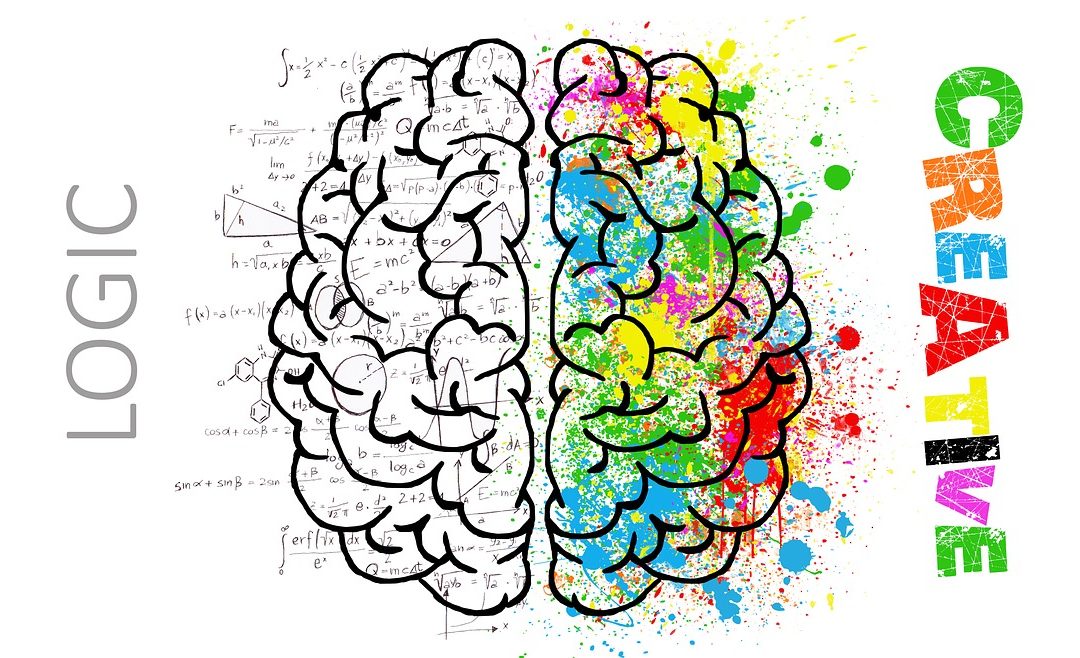Have you ever tried looking at a rainbow? Did you like what you saw? Do the colors make you feel ecstatic? What emotions do you usually feel whenever you see the colors of a rainbow? Did you know that colors have their own representation of emotions?
Colors are the reason why the Earth is amazing. We see the world as a wonderful place and not merely plain and dull. With the help of our own visual perception, colors are described through color categories. Often, it influences perceptions which are not quite obvious or clear to us, such as the taste of a food. For example, pills that are generally used as stimulants are often orange or red. Also, research shows that heterosexual men tend to find that red outfits enhance female attractiveness, while heterosexual women deny any outfit color impacting that of men. This study is called ‘Color Psychology’. It simply studies the hues or colors as a determinant of human behavior. Color psychology is widely practiced in the field of business, particularly in marketing and branding. Color is seen by marketers as an important part of their business since consumer’s emotions and perceptions of goods and services can often be influenced by it. When companies are deciding on their logos, they consider color as a factor. Companies should also take into account their target consumer, since cultural differences exist. Customers seem to get attracted by these logos if the color of the brand logo matches the personality of the goods and services. Color is used as a means to attract consumer attention to a product that then influences buying behavior. On the other hand, another research shows that colors are not only important for logos and products, but also for window displays in stores. It is said that spontaneous purchasers are tended to get attracted to warm colors despite cooler colors being more favorable.
For individual differences, color is a major factor. In terms of gender, children’s toys are often classified as either boys or girls toys based on color. The most common are blue and pink colors for boys and girls, respectively. Gender differences in color associations can also be seen among adults.
Different colors are perceived to mean different things. The famous ‘four temperaments’ or the proto-psychological theory suggests that there are four fundamental personality types namely: Choleric, Phlegmatic, Sanguine, and Melancholic. Choleric personality is often represented by the color red. Choleric people are the proud, extroverted ‘alphas’ of our species. They are usually the leaders and directors; they seek to be on top, to be the best. Then there’s this Phlegmatic personality. Often represented by the color green, they are the people who are meek, submissive introverts who live to please others. The Sanguine personality, on the other hand, is quite the opposite of the second one. They are the boisterous, bubbly, chatty, openly emotional, social extroverts. The personality is often represented by the color yellow. Lastly, is the Melancholic personality. This personality represents people who are emotionally sensitive and perfectionistic. The color violet or purple is often used for this personality.


Recent Comments